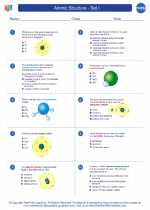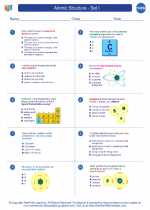Clams: An Overview
Clams are bivalve mollusks that are found in both freshwater and marine environments. They are members of the class Bivalvia, and are characterized by their two-part hinged shell. Clams play an important ecological role as filter feeders, and they are also a valuable food source for humans and other animals.
Anatomy of Clams
Clams have a distinct anatomy that allows them to thrive in their respective habitats. Their two shells are hinged together by a ligament, and they can open and close using powerful adductor muscles. The soft body of the clam is protected within the shell and consists of the mantle, gills, foot, and siphons. The mantle secretes the shell material, while the gills are responsible for respiration and filter feeding. The foot is used for burrowing into the substrate, and the siphons aid in water circulation and feeding.
Clam Reproduction
Clams reproduce through a process called spawning, where they release eggs and sperm into the water. Fertilization occurs externally, and the larvae undergo a planktonic stage before settling and developing into adult clams. Some species of clams are also capable of self-fertilization to ensure reproductive success in various environmental conditions.
Ecological Importance of Clams
Clams are vital to the health of aquatic ecosystems due to their role as filter feeders. They help to improve water quality by removing organic particles and excess nutrients from the water column. Additionally, clams serve as a food source for numerous aquatic organisms, contributing to the overall food web and ecosystem dynamics.
Human Uses of Clams
Clams have been an important food source for humans for thousands of years. They are consumed in various culinary preparations, such as clam chowder, steamed clams, and clam linguine. Additionally, clam shells have been historically used in jewelry and crafting, and certain species of clams produce pearls of economic value.
Study Guide
- What are the defining characteristics of clams?
- Describe the anatomy of a clam and the function of its different body parts.
- Explain the process of clam reproduction and the factors that influence it.
- Discuss the ecological importance of clams in aquatic environments.
- Explore the various ways in which humans utilize clams for food and other purposes.
◂Chemistry Worksheets and Study Guides High School. Atomic Structure - Set I

 Worksheet/Answer key
Worksheet/Answer key
 Worksheet/Answer key
Worksheet/Answer key
